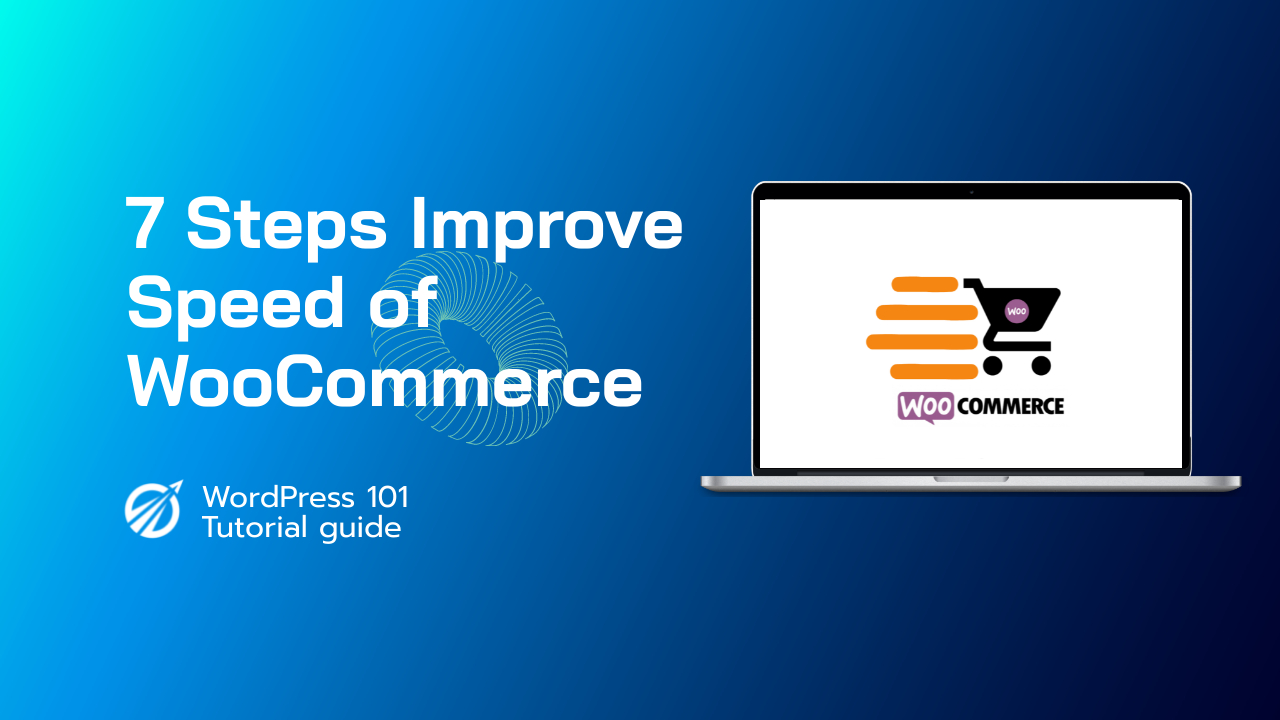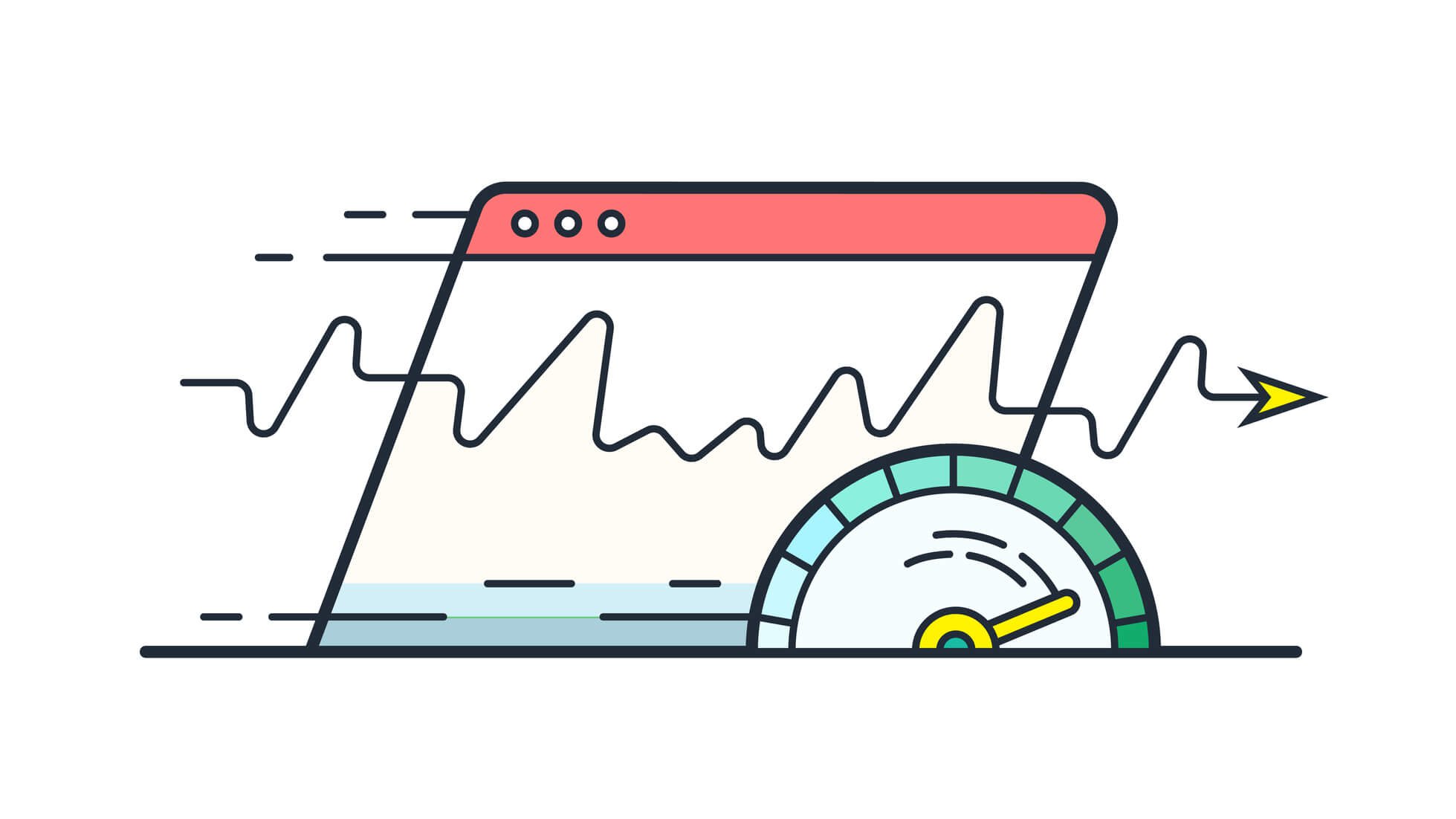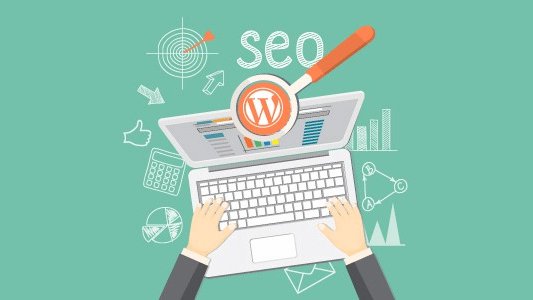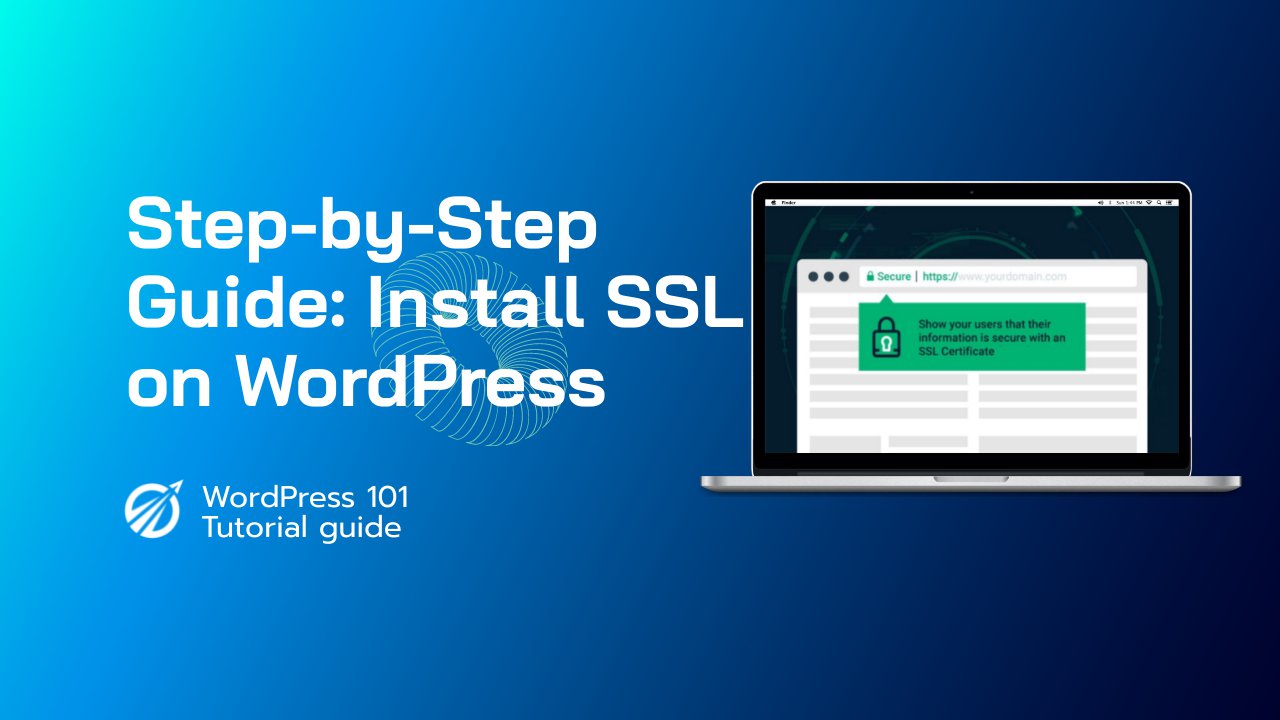In today’s fast-paced digital world, website speed plays a crucial role in ensuring customer retention and satisfaction. WooCommerce, being one of the most popular eCommerce platforms, needs optimization for better functionality and performance. In this article, we will discuss seven effective techniques that can drastically improve your WooCommerce store’s speed and keep your customers happy.
Table of Contents
- Choose a Quality Hosting Provider
- Optimize Images for Web Performance
- Enable Caching
- Utilize Content Delivery Networks (CDNs)
- Optimize Your Database
- Limit the Use of Plugins and Extensions
- Minify and Combine CSS and JavaScript Files
Choose a Quality Hosting Provider
It is essential to select a reliable hosting provider when setting up your WooCommerce store. The hosting service you choose can have a significant impact on your website’s speed, performance, and security. Prioritize hosting providers that offer optimized plans specifically for WooCommerce stores. Look for features like server-level caching, solid-state drives (SSDs), and dedicated resources. Additionally, make sure the hosting provider offers excellent customer support and regular backups to ensure your store is always up and running.
Optimize Images for Web Performance
Images are integral components of an online store, but they can also be the primary cause of a slow website. To optimize images for web performance, follow these recommendations:
- Compress images: Reducing the file size of your images without compromising their quality will improve your website’s loading time. Use tools like TinyPNG or ShortPixel to compress images without sacrificing quality.
- Use proper image formats: Choose the right file format for the image. JPEG is suitable for photographs and detailed images, while PNG is better for graphics with textual content.
- Enable lazy loading: Lazy loading allows images to load only when they are about to appear on the user’s screen, thus improving the initial page load speed.
Enable Caching
Caching is a powerful technique that drastically improves the speed of your WooCommerce store. It works by storing a static version of your website’s content on the server, reducing the time required to load a page. There are several caching methods you can implement:
- Browser caching: This method stores the static content of your site on the visitor’s browser, reducing the need to load the entire page every time the visitor returns.
- Server caching: This involves caching the dynamically generated pages on your server so that they are served as static pages, reducing server response time.
- Full-page caching: Some caching plugins offer full-page caching, which caches entire pages of your WooCommerce store, providing faster load times for returning visitors.
Consider using popular caching plugins, such as WP Rocket, W3 Total Cache, or WP Super Cache, to enable caching on your WooCommerce store.
Utilize Content Delivery Networks (CDNs)
A Content Delivery Network (CDN) is a network of globally distributed servers that can significantly improve your website’s loading speed for users, regardless of their geographical location. When your website utilizes a CDN, your static web content is cached and delivered from the nearest server, reducing latency and increasing your eStore’s speed. Popular CDN providers include Cloudflare, Amazon CloudFront, and KeyCDN. Integrating a CDN with your WooCommerce store will not only improve site speed but also enhance the overall user experience.
Optimize Your Database
Optimizing your WooCommerce store’s database can have a significant impact on your site’s overall performance. Regular maintenance and optimization of your database can prevent unnecessary bloating and ensure that it functions efficiently without slowing down your website. Implement the following strategies to optimize your database:
- Delete unwanted data: Removing redundant data, such as expired transients, log entries, and orphaned metadata, can significantly improve your database performance.
- Optimize database tables: Using a plugin like WP-Optimize, you can perform periodic database optimization and cleanup tasks, like removing stale database entries and optimizing database tables.
- Limit post revisions: By default, WordPress stores unlimited revisions of your posts, which can quickly inflate your database size. Limiting the number of revisions stored can help minimize your database bloat.
Limit the Use of Plugins and Extensions
While plugins and extensions can add functionality and features to your WooCommerce store, they can also increase the page load time, particularly if they are poorly coded or unnecessary. To maintain a speedy WooCommerce store, follow these recommendations:
- Use only necessary plugins: Install only the plugins and extensions that are essential for your store’s operation, and remove any that are no longer needed or actively used.
- Check plugin quality: Research the quality of the plugins you install, opting for reputable and well-maintained plugins with positive reviews and a large user base.
- Monitor plugin performance: Use tools like Query Monitor to analyze the performance of the plugins installed on your WooCommerce store, identifying any that may be negatively affecting your website’s speed.
Minify and Combine CSS and JavaScript Files
Minification is the process of removing unnecessary characters, like whitespace and comments, from code files. Combining multiple files into a single file reduces the number of server requests, thereby improving site speed. It is crucial to minify and combine your CSS and JavaScript files to streamline your WooCommerce store’s performance. Use plugins, like Autoptimize or W3 Total Cache, to simplify this process.
Implementing the above seven techniques will play a crucial role in optimizing your WooCommerce store’s speed, leading to higher customer satisfaction and increased conversions. Remember that maintaining optimal website performance is an ongoing process, so keep an eye on your site’s speed to ensure a seamless shopping experience for your customers.

















